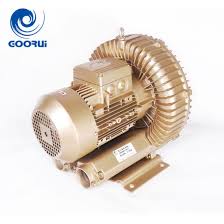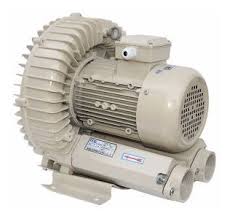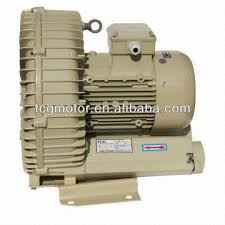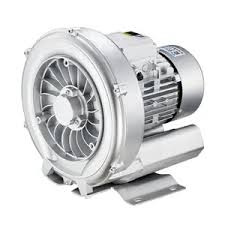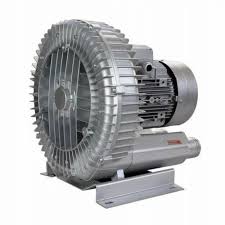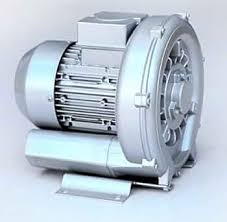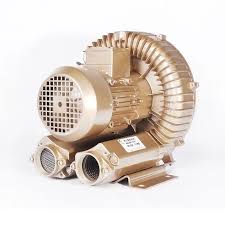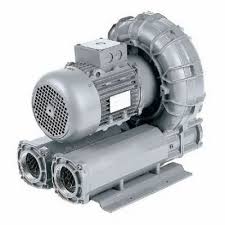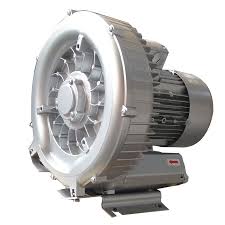How do I select the appropriate rotary lobe vacuum pump? Several factors have to be considered when selecting the right vacuum solution. These factors vary depending on the application and the specific needs of your process. Use our product finder to find your ideal vacuum pump. Or contact us to find out which vacuum solution fits your needs best. Our …
Read More »مقالات بلوئر
What are the advantages and disadvantages of rotary lobe vacuum pumps and blowers
What are the advantages and disadvantages of rotary lobe vacuum pumps and blowers? Rotary lobe vacuum pumps and blowers from Busch are robust, reliable, and cost-efficient. They have several benefits: Low noise and vibration levels Energy-efficient Robust construction Flow-optimized blower stages Dry operating principle Vacuum pumps and blowers with this technology are not suitable for chemical and pharmaceutical industries as …
Read More »What is the difference between a Roots blower and a rotary lobe blower
What is the difference between a Roots blower and a rotary lobe blower? There are no differences. These are just different terms used to refer to the same blower technology. The rotary lobe principle was invented by the Roots Brothers in Connersville, Indiana. It was patented in 1860 and named after them. Is Roots blower positive displacement? – Why is …
Read More »Are rotary lobe vacuum pumps and blowers positive displacement pumps or blowers
Are rotary lobe vacuum pumps and blowers positive displacement pumps or blowers? Yes, they are. Positive displacement vacuum pumps or blowers move gas or air by repeatedly trapping a fixed volume of the pumped medium and moving it mechanically through a system. They maintain a constant flow and speed regardless of changes in pressure. Is Roots blower positive displacement? – …
Read More »What is the difference between a rotary lobe vacuum pump and blower
What is the difference between a rotary lobe vacuum pump and blower Simply put, a rotary lobe blower generates slight overpressure while a rotary lobe vacuum pump produces vacuum. They operate according to the same principle but are used in different ways. Rotary lobe blowers are usually directly connected to a system that requires overpressure, while rotary lobe vacuum pumps …
Read More »Vacuum generation of rotary lobe vacuum pumps and blowers explained in three steps
Vacuum generation of rotary lobe vacuum pumps and blowers explained in three steps 1. Inlet The pumped medium enters via the inlet. Two three-bladed rotary lobes are mounted in parallel within the housing. 2. Compression The rotary lobes rotate in opposite directions. No lubricants or operating fluids are required, as the blades do not come in contact with each other …
Read More »What is a rotary lobe vacuum pump
What is a rotary lobe vacuum pump A rotary lobe vacuum pump is a positive displacement pump that uses rotating lobes to generate vacuum. Two three-bladed rotary lobes are mounted in parallel within the housing. They operate in opposite directions. The pumped medium is trapped through the rotation of the lobes, compressed, and transported to the outlet. The minimal clearance …
Read More »اصل بلوئر یا دمنده چرخشی چیست؟
اصل بلوئر یا دمنده چرخشی چیست؟ دمنده های پیچ دوار – اصول اولیه کار آن روتورها با چرخش در جهت مخالف، هوا را به داخل می کشند که منجر به تشکیل یک سری محفظه های کاری می شود. هنگامی که گاز به داخل مکیده می شود، بین روتورها و دیواره محفظه محبوس می شود. 021-66791775 09106618679 فروش بلوئر هوا دست …
Read More »بلوئر و دمنده و تقویت کننده گاز
بلوئر و دمنده و تقویت کننده گاز دمنده های گریز از مرکز ساخت تک مرحله ای – دمنده های اسکرول تک مرحله ای اسپنسر و دمنده های فشار RB حرکت هوا یا گاز قابل اعتمادی را در طیف وسیعی از فشارها و حجم های انتخاب شده ارائه می دهند. این دمنده ها به طور گسترده برای کاربردهای صنعتی، تجاری و …
Read More »Industrial air blowers from Busch
Industrial air blowers from Busch side channel blowers for all applications where a pulsation-free volume flow is required. TYR rotary lobe blowers, providing constant differential pressures for wastewater treatment, pneumatic conveying, or fish farming applications. Learn more Operating principle of air blowers Put simply, blowers work by trapping air to increase its pressure, then releasing it. The exact operating principle …
Read More »